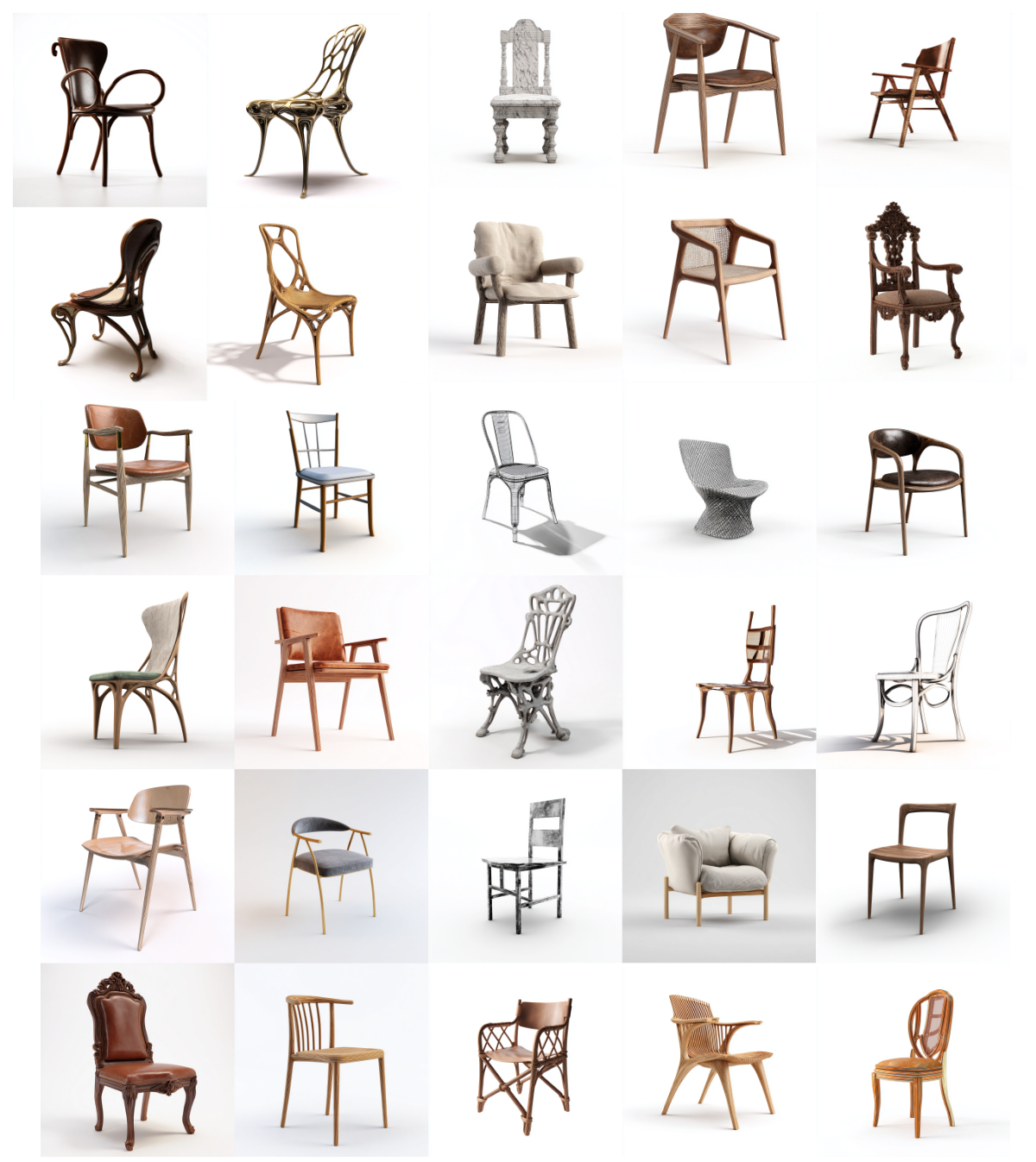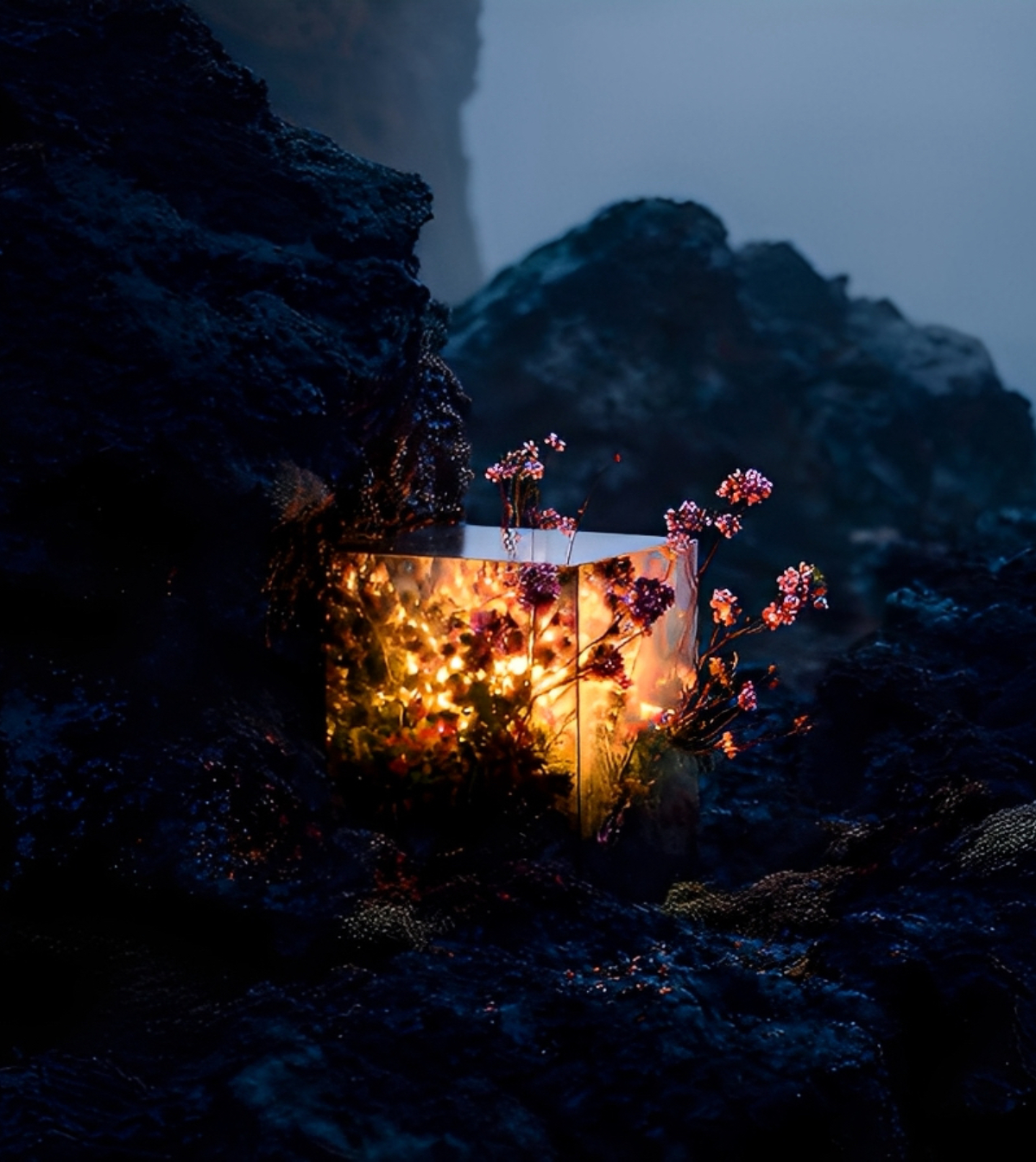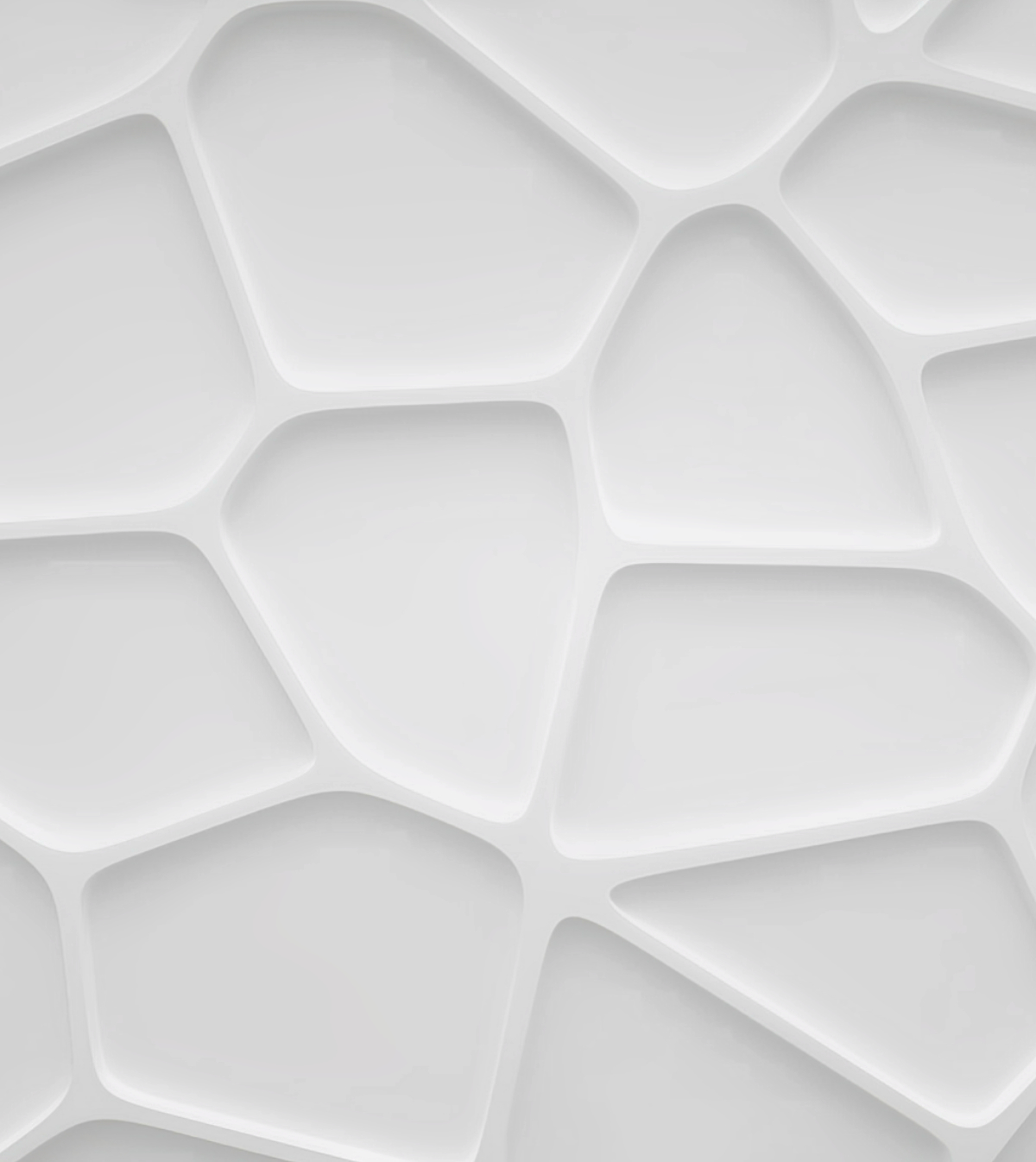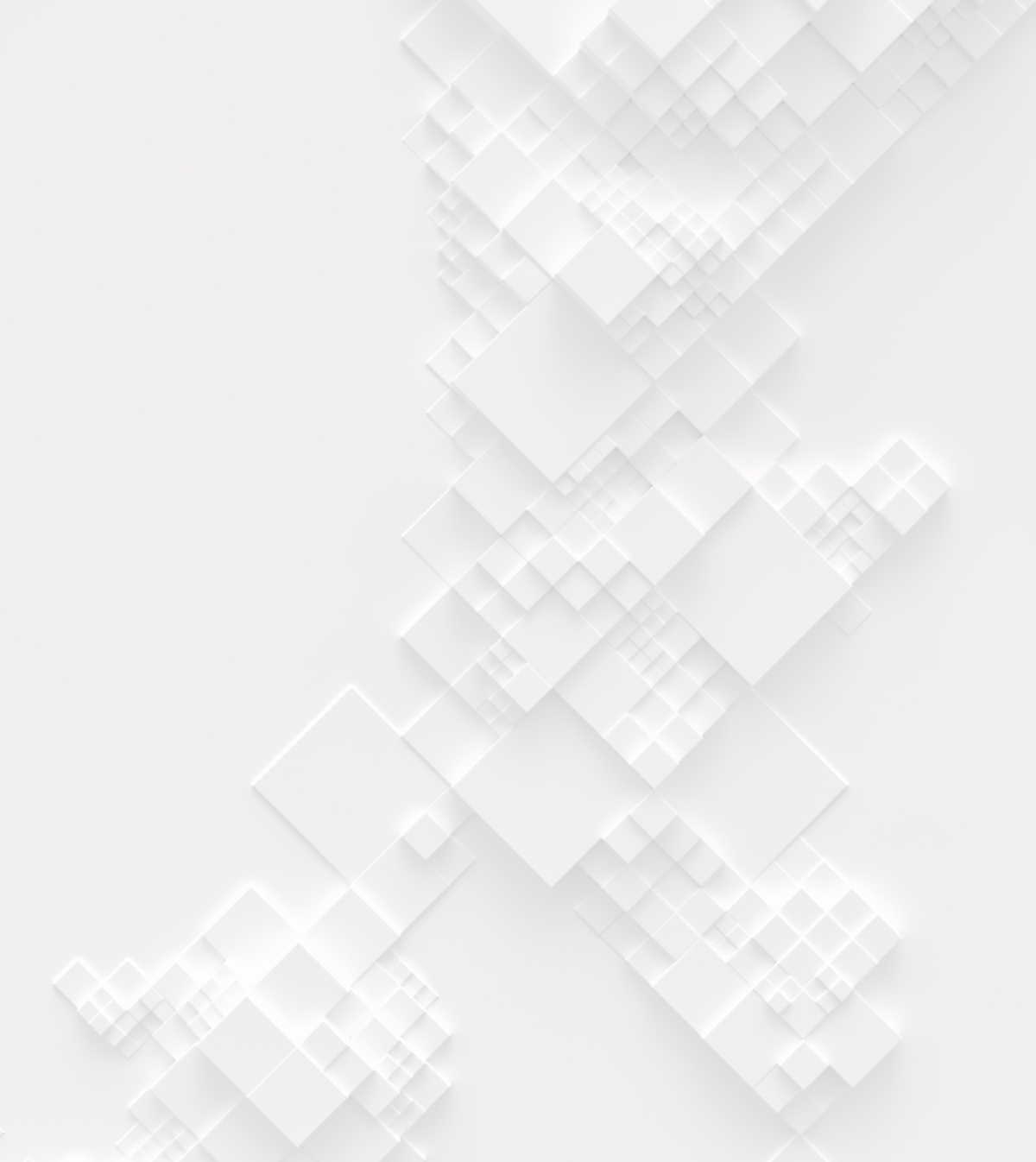Jan Clostermann, CLOU architects
Julien De Smedt, JDS Architects
Ricardo Gomes, KWY.studio
Andrea Hansen-Phillips, Datum Digital Studio
Lydia Kallipoliti, ANAcycle thinktank.
Karel Klein, Ruy Klein
Michael Meredith, Princeton University, MOS
Stephen Pimbley, SPARK Architects.
Fabien Roy, Fabien Roy Studio

Jan Clostermann is the Founding Director of CLOU architects in Beijing, China. In the past 20 years the award-winning architect has conceptualised and delivered numerous high profile mixed-use and retail projects. CLOU architects is leading a new generation of creative yet commercially minded designers who promote architecture’s power to connect people.
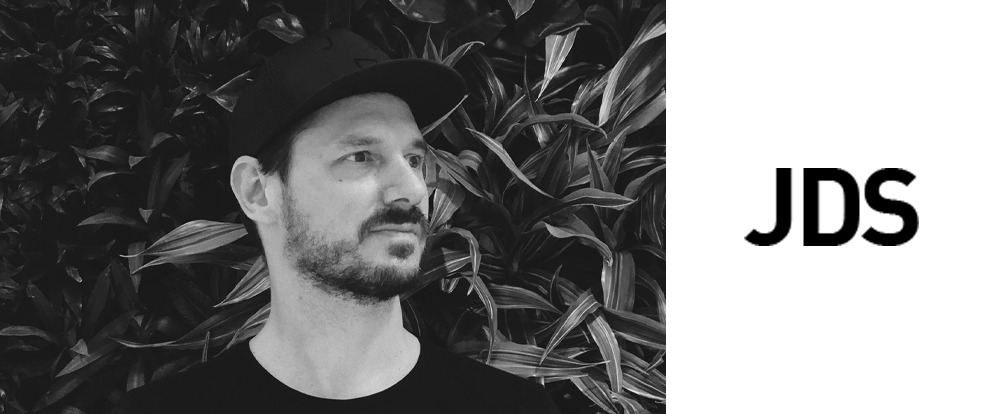
Julien De Smedt is the founder and director of JDS Architects based in Copenhagen and Brussels. An architect and designer whose work is internationally spread, Julien’s commitment to the exploration of new architectural models and programs has helped re-energize the contemporary architecture discussion. Seminal projects include the VM Housing Complex, the Mountain Dwellings, Lille’s Maison Stéphane Hessel, the Iceberg, Kalvebod Waves and the Holmenkollen Ski Jump. Born in Brussels to French art enthusiast Jacques Léobold and Belgian artist Claude De Smedt, Julien attended schools in Brussels, Paris, and Los Angeles before receiving his diploma from the Bartlett School of Architecture in London. Prior to founding JDS Architects, Julien worked with Rem Koolhaas in Rotterdam, and co-founded the architecture firm PLOT with Bjarke Ingels in Copenhagen. In 2013 he co-founded with William Ravn the agenda driven design label Makers With Agendas, addressing matters of society to create meaningful products. Julien has been a guest lecturer in numerous venues worldwide and a visiting professor at Copenhagen’s Art Academy, Rice University in Houston, Texas, the University of Kentucky, MIT in Cambridge, USA, and at the Royal Institute of Technology in Stockholm. His work is published and exhibited internationally. He published the monograph PIXL to XL and released 2 influential books: Agenda, Can We Sustain our Ability to Crisis? and Built Unbuilt. Among other awards and recognition, Julien received the Henning Larsen Prize in 2003 and the Eckersberg medal in 2005, the Maaskant Award in 2009 and the Prix Dejean in 2014 from the French Academy of Architecture. In 2004 the Stavanger Concert Hall received the Golden Lion as the World’s Best Concert Hall at the Venice Biennale, the Maritime youth House won the AR+D award in London and was nominated for the Mies van der Rohe award. The Mountain received the World Architecture Festival Award and MIPIM Award in 2009, while the Iceberg received the latter in 2013 along with the Architizer A+ Award and the Best Building Award in 2015 from Archdaily. More recently Maison Stéphane Hessel was among the best Hotels at the 2016 MIPIM Awards and the Hangzhou Gateway was a 2017 Architizer A+ finalist. In 2019 The Holmenkollen Ski Jump received the Houen Foundation Award, Norway’s most important award for architecture.
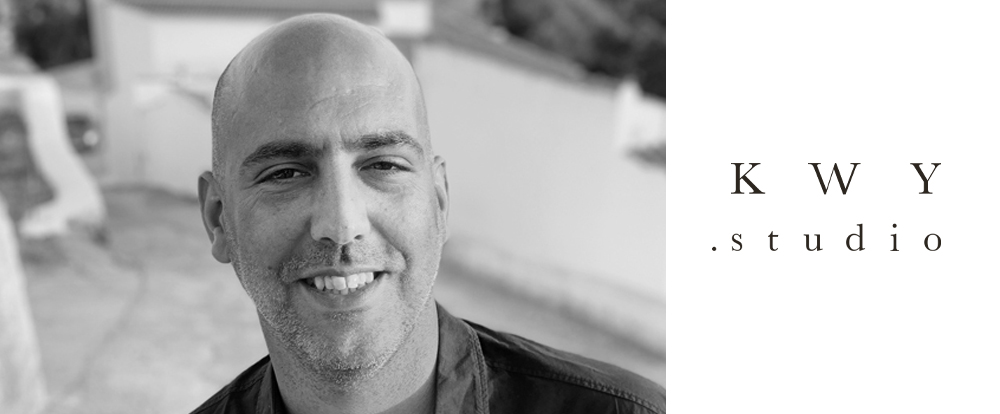
Ricardo Gomes, partner of KWY.studio, was born in Portugal and studied architecture in Lisbon. Worked at the Chinati Foundation in Marfa, Texas and with the artist Olafur Eliasson in Berlin. He taught architecture at the UDK in Berlin and art at DIS Copenhagen. He lives and works in Lisbon and Copenhagen.

Andrea Hansen-Phillips is the principal of Datum Digital Studio, founder of the online journal Atlas of Visualization, and most recently, Adjunct Assistant Professor in Landscape Architecture at the University of Tennessee. Her work at Datum focuses on data visualization, mapping, and web applications for community and urban design projects, and her publications include Composite Landscapes (with Charles Waldheim), which won the 2015 ASLA Honor Award for Publications. Previously, she was faculty at the Harvard University Graduate School of Design, where she was chosen as the inaugural Daniel Urban Kiley Fellow.
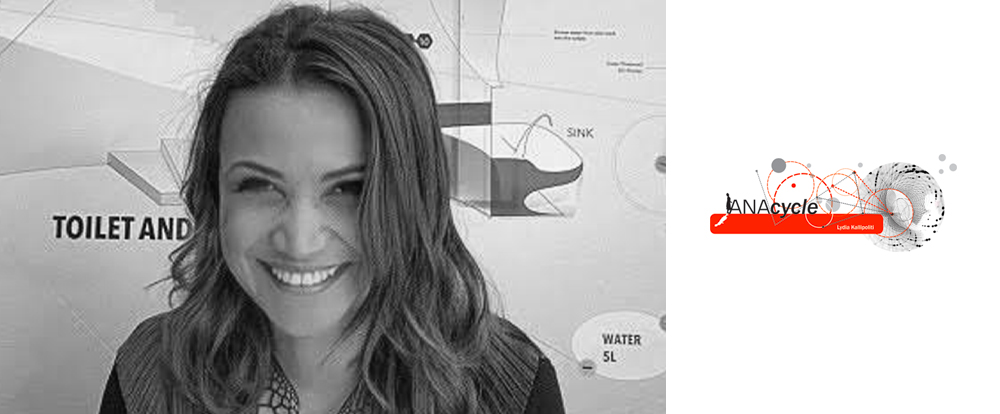
Lydia Kallipoliti is an architect, engineer, scholar and an Assistant Professor at the Cooper Union in New York. She is the author of The Architecture of Closed Worlds (2018), the editor of EcoRedux; Design Remedies for an Ailing Planet (AD 2011) and the Head Curator of the upcoming Tallinn Architecture Biennale. She holds a SMArchS from MIT and a PhD from Princeton University. Kallipoliti has previously taught at Rensselaer Polytechnic Institute, Syracuse University and Columbia University. She is the principal of ANAcycle thinktank.

Karel Klein is the co-director of Ruy Klein and an architect licensed in New York state. She earned her BA in Architecture and her BS in Civil Engineering from the University of Illinois, Urbana-Champaign. Since graduating, and in addition to practicing, Karel has taught architecture studio courses at institutions including Columbia University, GSAPP, Washington University, Sam Fox School, the Pratt Institute, UCLA AUD, and she currently teaches at the Southern California Institute of Architecture (SCI-Arc) and University of Pennsylvania, Weitzman School of Design. In these more recent studios, Karel has been working with her students on projects which collaborate with artificial intelligence neural networks as a provocation to conventional aesthetic practices in architectural design. In her practice, Karel also works with various artificial intelligence technologies. Her ongoing project is an investigation into crossbred image-objects produced using atypically trained GANs and their capacity for contemporary myth-making in architecture. In the same way that “imaginative vocabulary” and “metaphoric style” were primary, if literary instruments for the invention of new mythologies for Surrealists, the strange and idiosyncratic qualities of images produced using artificial intelligence are similarly a kind of matter metaphor and made visible by the cyborg imagination. She is interested in a kind of re-enchantment of the architectural body—one that both foments and succumbs to sensual perceptions, and one that discovers new and unexpected relations to the world beyond the realm of the rational.
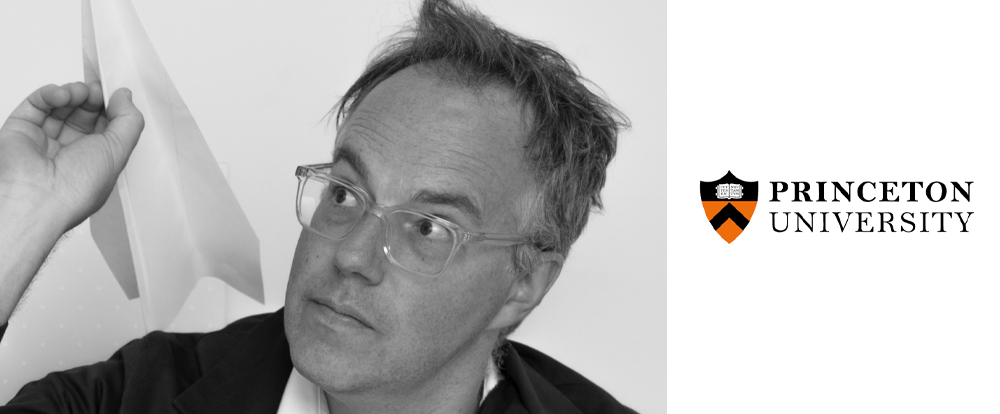
Michael Meredith is Associate Dean and Professor at Princeton University. Along with his partner, Hilary Sample, Michael Meredith is a principal of MOS, an internationally recognized architecture practice based in New York. His writing has appeared in Artforum, LOG, Perspecta, Praxis, Domus, and Harvard Design Magazine. Meredith previously taught at Harvard University's Graduate School of Design, the University of Michigan, where he was awarded the Muschenheim Fellowship, and the University of Toronto.
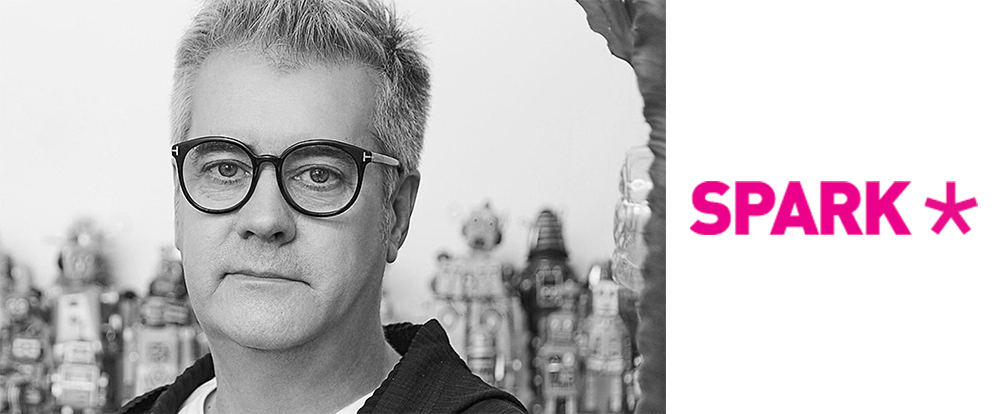
Stephen Pimbley is a British architect based in Singapore and is the founding director of SPARK Architects. SPARK has developed an easily transportable 3d printed toilet module in support of the UN initiative to combat open defecation and the associated issues of hygiene and sanitation in India. SPARK’s concept converts human waste into biogas and via a micro combined heat and power unit, converts the biogas into electricity.
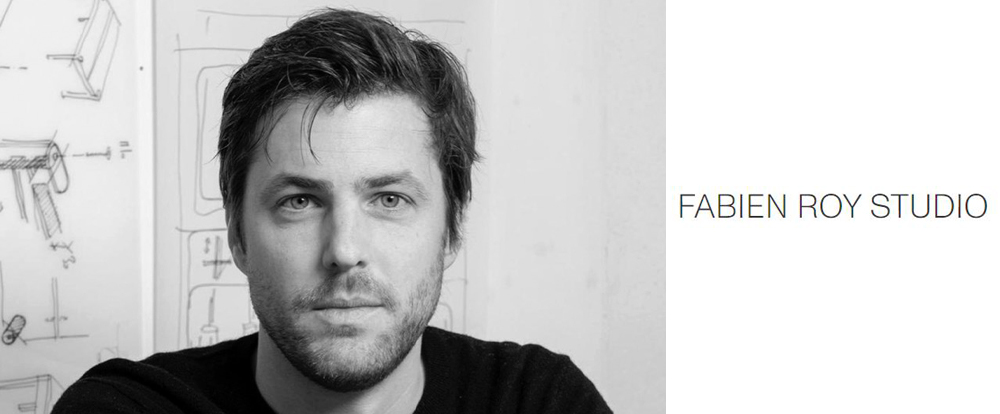
Fabien Roy is founder of Fabien Roy Studio. A swiss designer and architect, Fabien graduated from University of Applied Sciences and Arts, Fribourg and ECAL / University of Art and Design, Lausanne. After working more than ten years as an architect, he set up his own studio dedicated to furniture and product design as well as interior architecture. Originally from and living in the Swiss Jura Mountains, he developed a strong connection with nature. His design looks upon societal and environmental matters responsibly. To achieve that goal, his work pushes the boundaries by evolving at the crossroads of interdisciplinary collaborations such as art, science, craft and new technologies. Winner of the Design Prize Switzerland, the James Dyson Award Switzerland and nominated twice for the Swiss Design Awards, his work has been exhibited around the world including Milan Design Week, Art Basel, Dubai Design Week, Dutch Design Week or Maison & Objet Paris.
The Architect's Sugar Architectural Visualization Award seeks outstanding visualizations of all kinds. It is one of the Buildner’s ‘silent competitions’, in which participants must communicate without the use of any text solely through the use of visuals.
Top 3 Reasons Why You Should Enter Architecture Competitions
Curious about the value of architecture competitions? Discover the transformative power they can have on your career - from igniting creativity and turning designs into reality, to gaining international recognition.
Learn more





